Boost Your Construction Bids – Request a Precision Estimate!
- Accurancy
- Efficiency
- Transparency
- Customization
- Time Saving
- Professionalism
- Cost Control

Contractors, the unsung heroes of the construction industry, bear the weighty responsibility of providing accurate cost estimates for projects. Construction cost estimating is an intricate dance of numbers, involving the analysis of bid documents to determine the projected expenses associated with a specific project, complete with a finished design. In this comprehensive exploration, we will delve into the art and science of construction cost estimating, unfolding its nuanced layers, addressing challenges, and examining the evolving landscape of technology that is reshaping the industry.
Project specifications are the guiding lights for contractors. They go beyond the technical jargon, providing a roadmap that outlines specific requirements and standards.
The astute contractor meticulously dissects these specifications, understanding the intricacies that will impact the project’s bottom line.
It involves decoding the language of construction to ensure every aspect is considered in the estimate.

Architectural drawings are not just blueprints; they are the visual manifestation of a project’s soul. Contractors analyze every line and curve, deciphering the spatial requirements and design intricacies. The analysis influences material selection, labor needs, and the overall complexity of the project. A deeper examination involves considering the aesthetic elements, structural requirements, and potential challenges embedded in these drawings.
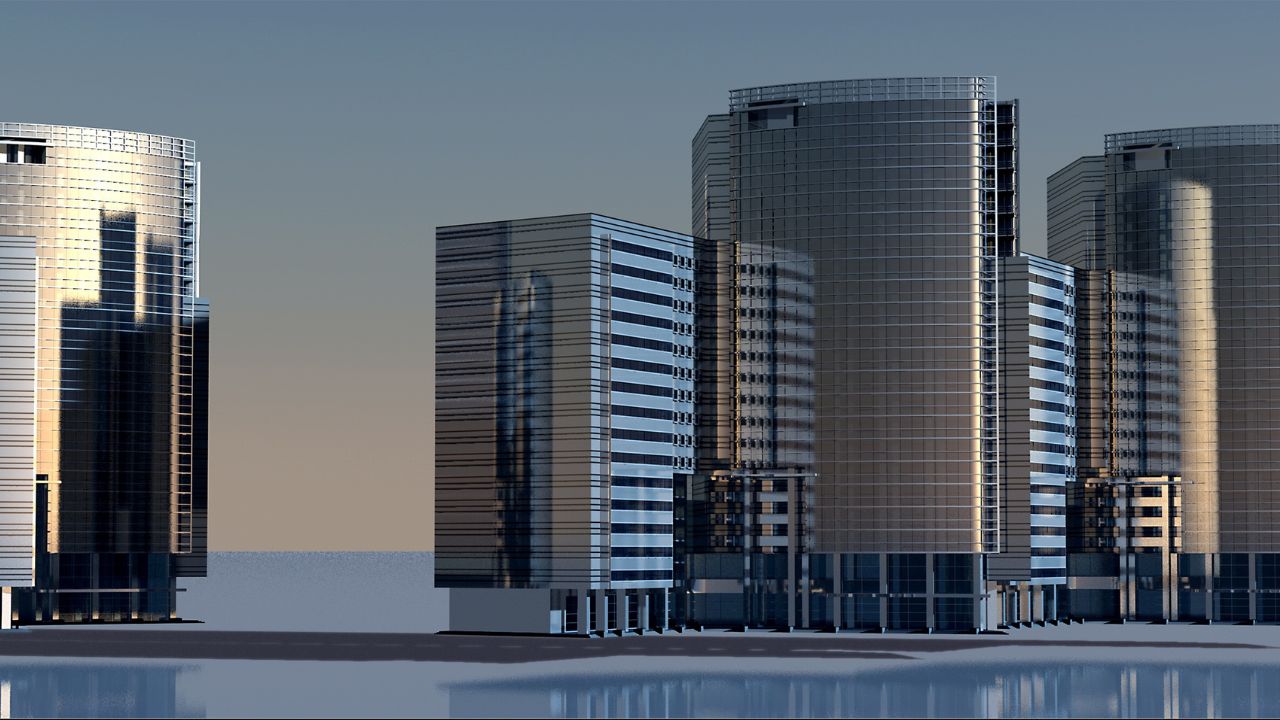
Make Informed Design Decisions Showcase Your Design Ideas
Get RenderingThe Bill of Quantities (BoQ) is the contractor’s treasure trove. It itemizes and quantifies every material and work aspect of the project. This detailed shopping list becomes the cornerstone for creating accurate and itemized cost estimates, leaving no room for financial ambiguity. The review includes a meticulous analysis of quantities, ensuring that nothing is overlooked, and all elements are accounted for in the estimate.
The Bill of Quantities (BoQ) is the contractor’s treasure trove. It itemizes and quantifies every material and work aspect of the project. This detailed shopping list becomes the cornerstone for creating accurate and itemized cost estimates, leaving no room for financial ambiguity. The review includes a meticulous analysis of quantities, ensuring that nothing is overlooked, and all elements are accounted for in the estimate.
Before plunging into the specifics, contractors conduct a preliminary dance with the project. This involves understanding the site conditions, potential challenges, and the overarching complexity of the endeavor. It’s not just a glance; it’s a thorough investigation that considers geological factors, environmental impact, and logistical challenges. This initial assessment provides the context for a more informed and realistic estimate.
Quantity takeoff is the poetic art of translating design into reality. Contractors meticulously calculate the exact quantities of materials required, considering dimensions, specifications, and accounting for potential waste.
This step sets the rhythm for the detailed breakdown of costs.
It involves not just numbers but a keen understanding of material properties, construction techniques, and potential variations in project requirements.
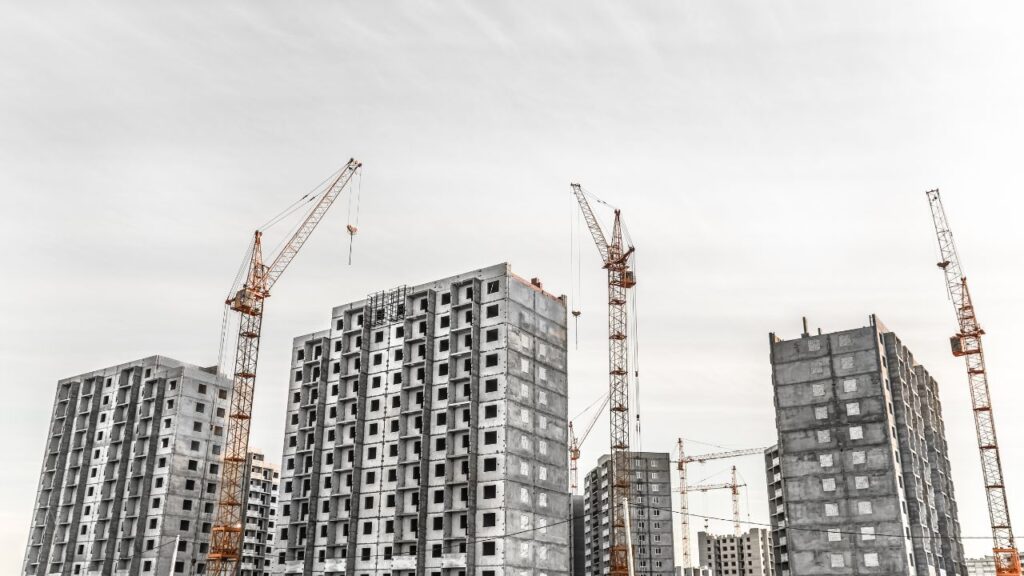
With quantities in hand, contractors waltz into labor and material cost estimation. Researching current market prices for materials, factoring in labor rates, and considering any project-specific requirements become the intricate steps of this dance. The aim is a symphony of detailed itemization, where each material and labor component is individually considered, including potential fluctuations in market prices and seasonal variations.

The final act involves the incorporation of overhead expenses and profit margins. Overhead includes indirect costs like administrative expenses and insurance. The contractor’s profit margin ensures financial sustainability. This delicate balance between overhead and profit defines the financial crescendo of the project. It’s not just about numbers; it’s about ensuring that the business remains viable and sustainable in the long run.
BIM is the avant-garde artist reshaping the canvas of construction cost estimating. Contractors use BIM to sculpt 3D models, offering a richer visualization and enhancing the accuracy of quantity takeoffs. BIM is not just a tool; it’s a paradigm shift in how contractors perceive and interact with project data. It involves not just using technology but embracing a new way of envisioning construction projects.
Specialized software tools are the virtuoso musicians in the construction orchestra. They streamline the estimation process, allowing contractors to input project details and generate detailed cost breakdowns with the tap of a key. While these tools demand an initial investment, the symphony of accuracy they produce is worth the cost.
It’s not just about using software; it’s about leveraging technology to enhance efficiency, reduce errors, and improve overall project outcomes.
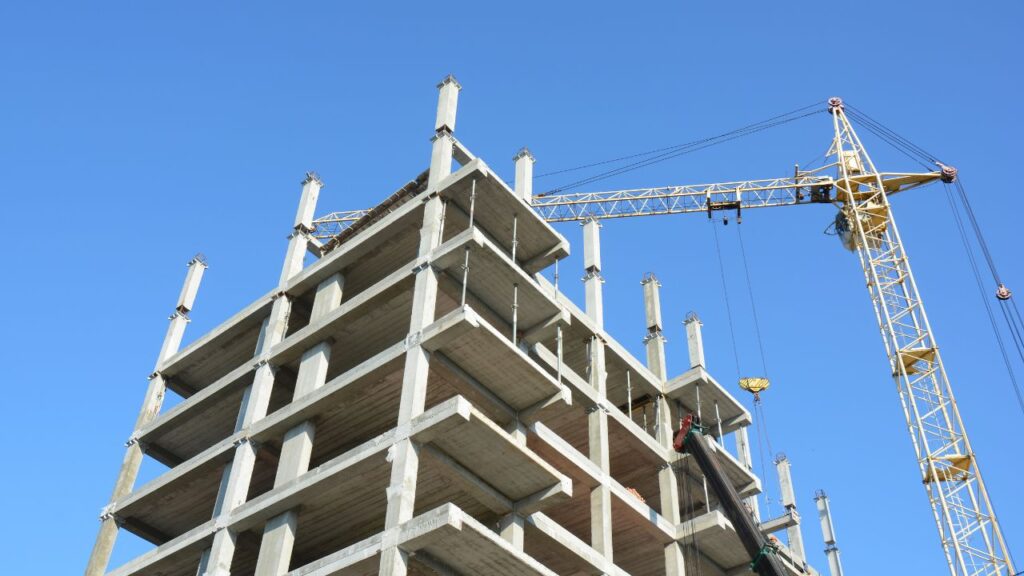
The benefits of technology are the harmonious notes in the construction cost estimating symphony. From increased accuracy to time savings, these benefits compose a melody that resonates through the industry. However, like any masterpiece, it comes with challenges—initial costs and the need for training orchestrate the counterpoint. Embracing technology is not just about adopting tools; it’s about integrating them into the workflow seamlessly and addressing the challenges that come with technological evolution.

Construction projects are the theaters of the unpredictable. Contractors must choreograph contingency plans to navigate uncertainties, ensuring that the project’s financial dance remains on course. Uncertainties involve not just anticipating the unexpected but creating robust strategies to respond to unforeseen events, changes in market conditions, and fluctuations in material prices.
In the fluid world of construction, designs often pirouette into unexpected forms. Contractors must perform a graceful adaptation, adjusting their financial choreography to align with the evolving project scope. Adapting to design changes involves not just updating the estimate but communicating these changes effectively to stakeholders, ensuring transparency and understanding.
Time becomes the metronome, setting the pace for the financial ballet. Meeting tight deadlines demands a seamless integration of resources, where each step is orchestrated to ensure both cost estimation and project execution dance in harmony. Managing tight schedules involves not just efficient time management but also proactive planning and coordination to avoid delays that could impact the overall project timeline.
Accurate cost estimates compose the financial sonnet of project profitability. By preventing cost overruns, contractors ensure that their bids remain competitive while maintaining the rhythm of healthy profit margins.
Precision in estimating becomes the enduring melody of financial sustainability. The impact on profitability involves not just immediate gains but the long-term viability and growth of the contracting business.
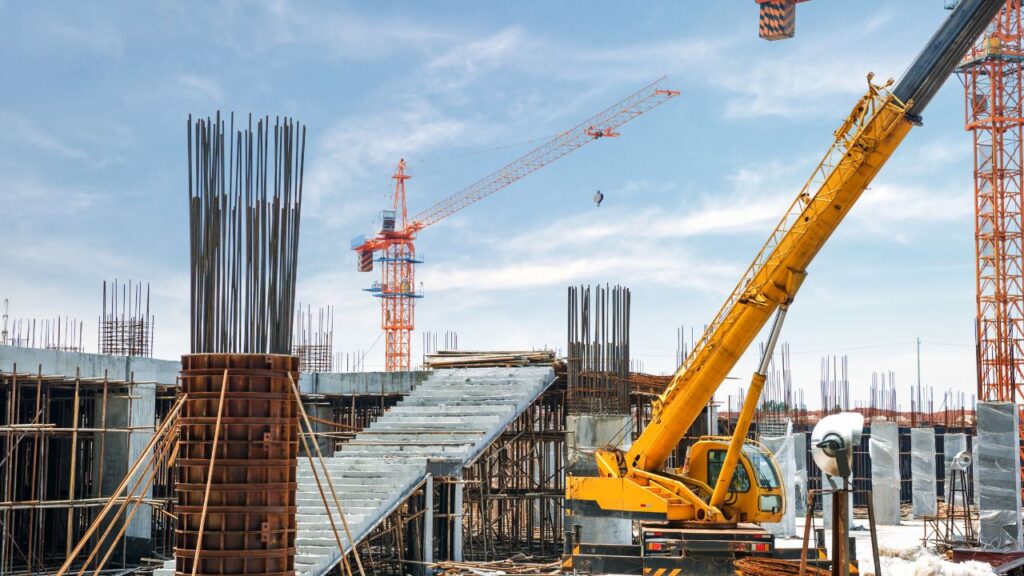
Client trust is the standing ovation in the world of construction. Accurate cost estimates are the chords that build this trust, aligning projected costs with actual expenses. It becomes a testament to transparency and commitment, laying the foundation for long-term client-contractor relationships. Building client trust involves not just delivering accurate estimates but also effective communication, integrity, and a commitment to delivering value beyond expectations.

The construction industry is a lively dance floor of evolving trends. Continuous learning through seminars, workshops, and training programs keeps estimators nimble on their feet, ready to tango with the latest industry developments. Part of this training includes staying updated on safety innovations, like the Wavecel hard hat, which provides enhanced protection on-site. Continuous learning is not just about acquiring knowledge; it’s about staying adaptable and embracing a mindset of lifelong improvement.
Effective collaboration is the partner dance of cost estimation. Subcontractors bring their unique expertise to the floor, contributing valuable insights that elevate the precision of the estimate. It’s a choreography where every partner has a role to play. Collaboration involves not just communication but creating a synergy that maximizes the collective knowledge and experience of all stakeholders.
Historical data is the time-traveling waltz of construction cost estimation. Drawing from past projects provides real-world data, offering a glimpse into the performance of materials, labor requirements, and unforeseen challenges. It’s a dance with the lessons of the past. Utilizing historical data involves not just referencing past projects but actively analyzing and applying the insights gained to enhance the accuracy of current estimates.
Artificial Intelligence (AI) is the emerging maestro in the orchestra of construction cost estimating. AI algorithms analyze vast datasets, refining accuracy and streamlining the estimation process. It’s the evolving melody that hints at the future of cost estimation. Incorporating AI involves not just using advanced algorithms but understanding how AI can augment human decision-making, enhance accuracy, and transform the overall landscape of cost estimation.

Sustainability becomes the recurring motif in the future of construction. Contractors increasingly waltz with environmentally friendly materials and methods, reshaping how estimates are composed. It’s the future dance where every step treads lightly on the planet. Sustainable construction practices involve not just meeting regulatory requirements but actively seeking ways to minimize the environmental impact of construction projects, contributing to a more sustainable and resilient industry.
In conclusion, construction cost estimating is a ballet of numbers, a dance that contractors master to navigate the intricacies of project finances. Accurate estimates not only ensure financial viability but also orchestrate the symphony of trust with clients. Embracing technology, waltzing through challenges, and incorporating the best practices become the choreography for successful cost estimation. As the construction industry pirouettes into the future, embracing trends and innovations will be key to staying competitive and delivering projects that dance to the rhythm of success.
Accurate cost estimation is the heartbeat of successful projects, ensuring financial viability and competitive bidding. It goes beyond numbers, influencing the overall success and sustainability of construction endeavors.
Technology, like a virtuoso, enhances accuracy and efficiency, reshaping the landscape of cost estimation. It streamlines the process and reduces the margin for errors, transforming how contractors interact with project data.
Contractors face the unpredictable nature of construction projects, requiring agile choreography to navigate uncertainties, design changes, and tight schedules. Overcoming these challenges demands a combination of strategic planning and adaptability.
Client trust is the standing ovation for contractors. Accurate cost estimates build this trust by aligning projected costs with actual expenses. It becomes a testament to transparency, integrity, and a commitment to client satisfaction.
Continuous learning, collaboration with subcontractors, and utilizing historical data are the dance steps for effective cost estimation. Staying updated on industry trends is crucial for staying competitive on the dynamic dance floor of construction.
Here I am going to share some steps to get your Cost Estimating for Contractors report.
You can send us your plan on info@estimatorflorida.com
Before starting your project, we send you a quote for your service. That quote will have detailed information about your project. Here you will get information about the size, difficulty, complexity and bid date when determining pricing.
Our team will takeoff and estimate your project. When we deliver you’ll receive a PDF and an Excel file of your estimate. We can also offer construction lead generation services for the jobs you’d like to pursue further.

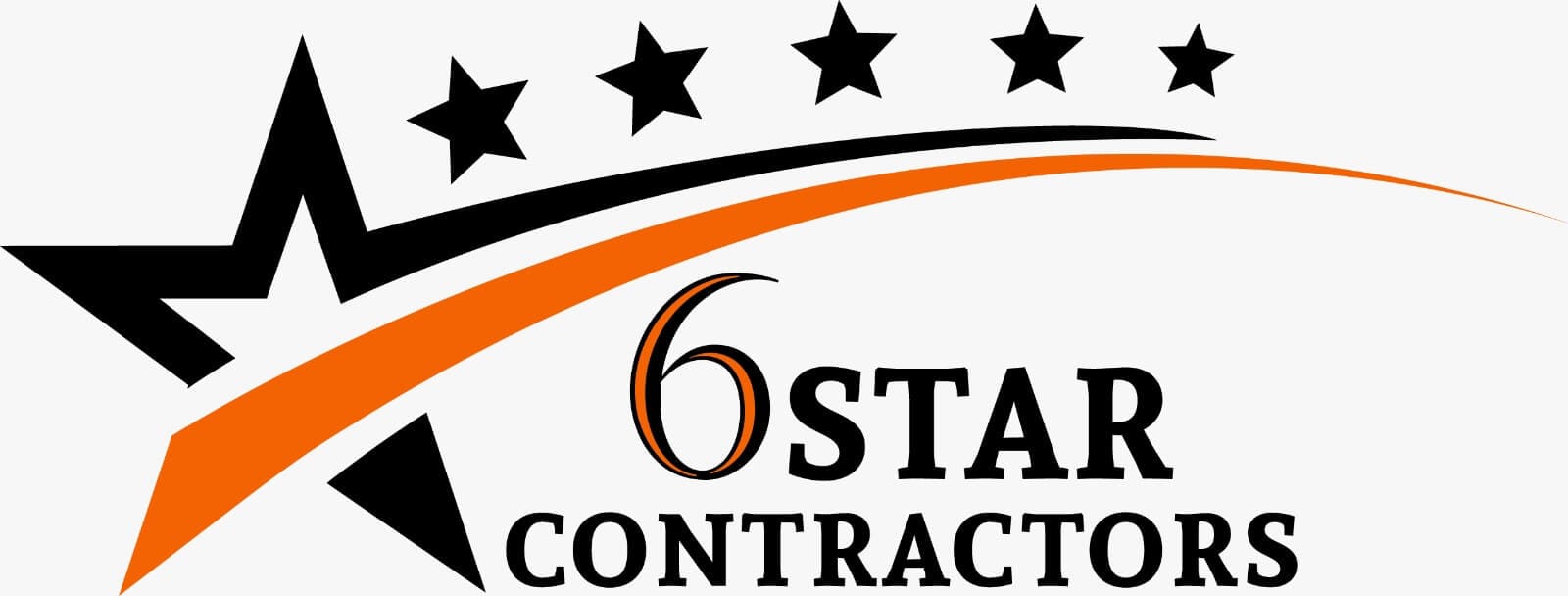

561-530-2845
info@estimatorflorida.com
Address
5245 Wiles Rd Apt 3-102 St. Pete Beach, FL 33073 United States
561-530-2845
info@estimatorflorida.com
Address
5245 Wiles Rd Apt 3-102 St. Pete Beach, FL 33073 United States
All copyright © Reserved | Designed By V Marketing Media | Disclaimer